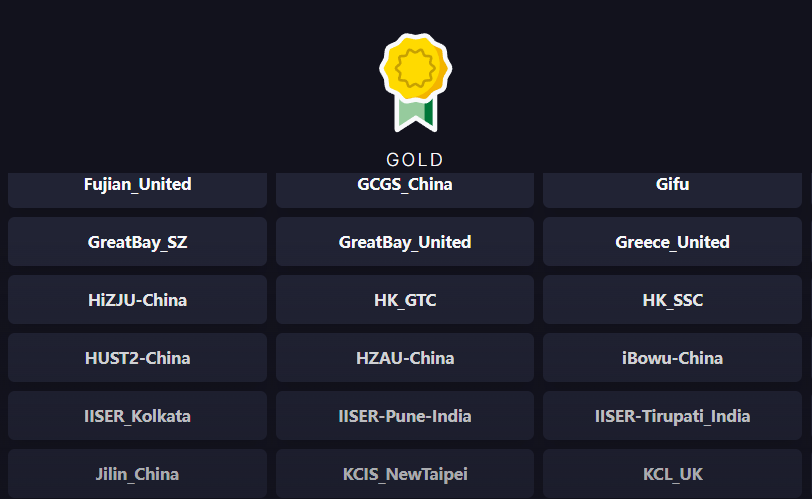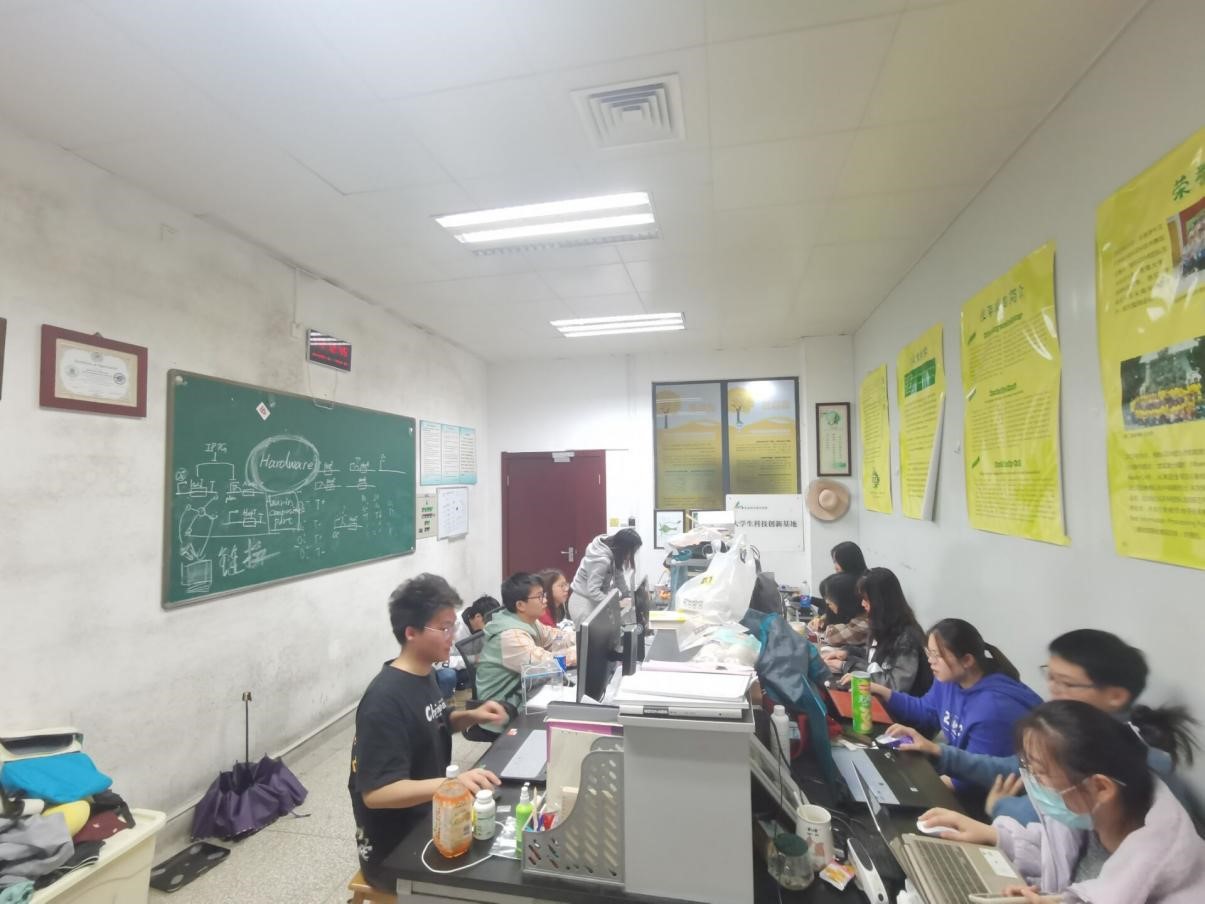On the evening of November 14, the results of the 2021 International Genetically Engineered Machine Competition (iGEM) were announced. HZAU’s iGEM Team (HZAU-China) won the Global Gold Medal again out of 343 teams from all over the world and ranked among the TOP 10 in the OVERGRAD group. The team also won the “Best Model” award in the more challenging individual category.

HZAU iGEM team wins the 2021Best Model single award

HZAU iGEM team wins its 8th gold award
The 2021 competition project of HZAU iGEM team was “P.E.T: Pet’s Enteric Test”, aiming at developing a method based on synthetic biology to detect IBD at an early stage and in a less complex way. The project made clever use of the genetic circuit design of synthetic biology to construct an engineered Escherichia coli sensor and probiotics with the functions of detecting, reporting and alleviating intestinal inflammation. Through the prediction of mathematical model and a large number of experiments, this paper provides a new method of “instrument-free” detection for pet intestinal diagnosis.

HZAU iGEM team is preparing for the competition

HZAU iGEM team is preparing for the competition
The inspiration for the project came from a brainstorming session of the HZAU-China team. Combining her professional knowledge and pet raising experience, Zhang Zhihan, a student majoring in Veterinary Medicine, proposed a practical problem to be solved——detection of Inflammatory Bowel Disease (IBD) of pets, for it is difficult to be detected in the early stage, and the complicated detection methods are expensive and time-consuming,which often leads to inefficient diagnosis and even disease deterioration.
In order to solve the problem, the team carried out in-depth research and exploration. Having consulted a large number of literature, they selected the probiotics Escherichia coli Nissle 1917 as the chassis, and selected the NarXL and ThsSR two-component signal transduction system that responded to IBD markers nitrate and thiosulfate respectively. They enhanced the sensitivity of the two bicomponent signal transduction systems to detect IBD. Meanwhile, anti-inflammatory peptide LL-37 was expressed in the chassis strain to alleviate inflammation, and the expression of azurin to prevent intestinal cancer.
In the process of validating the project, the mathematical modeling group members innovatively proposed a combination of ordinary differential equation modeling and molecular simulation to explore the feasibility and scalability of the project. The team used the results of ordinary differential equation simulation experiment to further predict the detection results under different logical designs, and then used molecular simulation to describe the conformational change of the mutants docking with the substrate molecules. And thus, the optimal logical design was given, which in turn expand the application of the project.
The team HZAU-China was initiated by the College of Life Science & Technology. It was made up of 25 students from the College of Life Sciences & Technology, Informatics, Animal Sciences & Technology /Veterinary Medicine, Plant Sciences & Technology, Humanity & Social Sciences and College of Foreign Languages. In the project exploration, teachers and students of different disciplines studied together. The instructors Ma Binguang, He Jin, Wang Xun invested enormous effort into the competition; Qi Yingchun, Yuan Jihong, Xia Chunjiao and other teachers ensured the smooth development of the project experiment; Wang Xiaocong from the College of Informatics provided server computing resources for the development of mathematical modeling; the instructors Ding Yi and Zhou Donghai from the College of Animal Sciences & Technology /Veterinary Medicine put forward many suggestions in animal diagnosis, animal welfare and other aspects.
After the results were announced, Han Zhenhao, the leader of the team, from Class 1903 of Biological Engineering, said: “The process of project: design, construction, validation, is full of challenges and fun. It not only exercised the practical ability of team, but also improved their ability to find and solve problems. Being able to meet great teams from around the world during the competition not only broadened our horizons, but also gave us confidence to explore the future based on our professional knowledge.”
Sun Yuanhui, a bioinformatics major in Class1901, said, “I am always inspired by the team’s spirit of exploring and braving difficulties. This year, the team skillfully used mathematical models to optimize the logical design of the project, which also made me see more possibilities in the future. I expect to see more people participating in the iGEM and go beyond in the new journey.”
Zhang Heping, a student from the College of Plant Science & Technology, said: “A group of young people brainstormed ideas for the same goal and tirelessly explored and strived for it. For me, this is not only a wonderful scientific research experience, but also a journey of pursuing a dream. It’s a privilege to be a part of it, to learn and grow along the way.”
IGEM, founded by the Massachusetts Institute of Technology, is the world’s top science and technology competition in synthetic biology. Teams need to design and reconstruct artificial biological components and systems to solve practical problems, and prove the feasibility of projects through mathematical model validation and human practice. A total of 343 teams from more than 70 countries participated in the iGEM 2021 competition, including 153 teams from China. 169 golden medals, 101 silver medals and 50 bronze medals were awarded. It is worth mentioning that the HZAU-China team, which is composed of all undergraduates, was automatically assigned to the OVERGRAD group due to one of its members being over age. However, in the face of higher requirements and challenges, HZAU-China rose to the challenge and finally became one of the TOP 10 iGEM graduate groups as the only Chinese team.
Source: http://news.hzau.edu.cn/2021/1116/61962.shtml
Translated by: Lei Mengfan, Liu Shuying
Supervised by: Wang Xiaoyan
